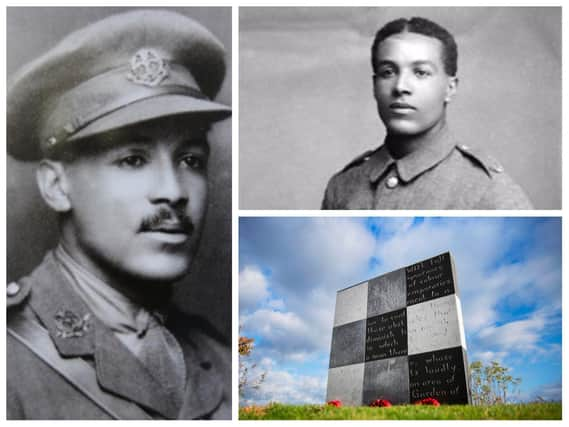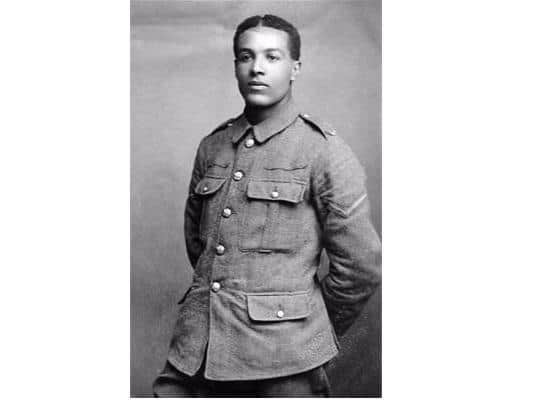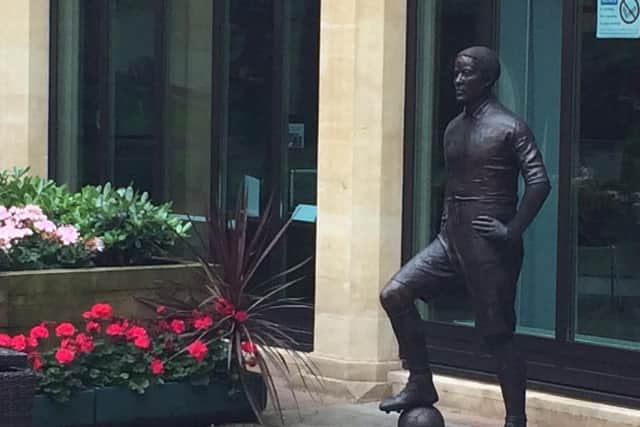Historian uncovers clues to final resting place of historic Northampton hero Walter Tull


A historian believes he may have taken a huge leap towards discovering the grave of one of Northampton's most important historical figures.
As a former captain of the Cobblers and the first black man to become an officer in the British Army, Sergeant Walter Tull is one of Northampton's most celebrated names.
Advertisement
Hide AdAdvertisement
Hide AdThe Cobblers legend was killed in action in France on March 25, 1918, aged just 29.


It now long been believed that Tull's body was sadly never recovered and he lies somewhere in the Somme.
But now, research by military historian Andy Robertshaw has uncovered that the Cobblers hero maybe in fact have been buried by the Germans in an unmarked grave at Heninel-Croisilles Road cemetery in northern France.
in an article in The Guardian on November 7, Tull’s grandnephew Edward Finlayson said: "Up until this recent information we had no reason to believe his body was identified or buried.”
Advertisement
Hide AdAdvertisement
Hide AdHowever, the research cannot provide a definitive answer because the the graves in Heninel-Croisilles Road cemetery cannot be dug up.


Walter Tull has been recognised as one of the most important figures in Northampton's heritage.
Born in Kent in 1888 and spotted as a talented footballer aged 19, he was once the inside forward for Tottenham Hotspurs.
But in an away match to Bristol's Ashton Gate stadium in October 1909, Tull was heckled and racially abused by Bristol City fans. He remained professional and focused despite the merciless abuse throughout the game. But for unknown reasons, his appearances were cut shortly after. From there, he was bought by Northampton Town.
Advertisement
Hide AdAdvertisement
Hide AdIt was a sad way for the Cobblers to come by the man who would play 111 games for the club, and who would become the first Northampton Town player to enlist in the army when his football career was interrupted by the First World War. Today he is recognised in the town ass one of the club's heroes and a hugely-important piece of the Northampton's heritage.
During his service, he fought in six battles including the Somme and rose to the rank of sergeant. His appointment to second-lieutenant made him the first black infantry soldier to become an officer in the British Army.
He was even recommended for a Military Cross - but this honour was never awarded to him due to his contradictory status as an officer in an Army that did not officially permit black soldiers to serve as officers.
As well as the memorial outside the PTS Stadium in Sixfields, Walter Tull is also enshrined in a brass statue in the courtyard of the Guildhall and a blue plaque outside his home in Rushden.
Comment Guidelines
National World encourages reader discussion on our stories. User feedback, insights and back-and-forth exchanges add a rich layer of context to reporting. Please review our Community Guidelines before commenting.